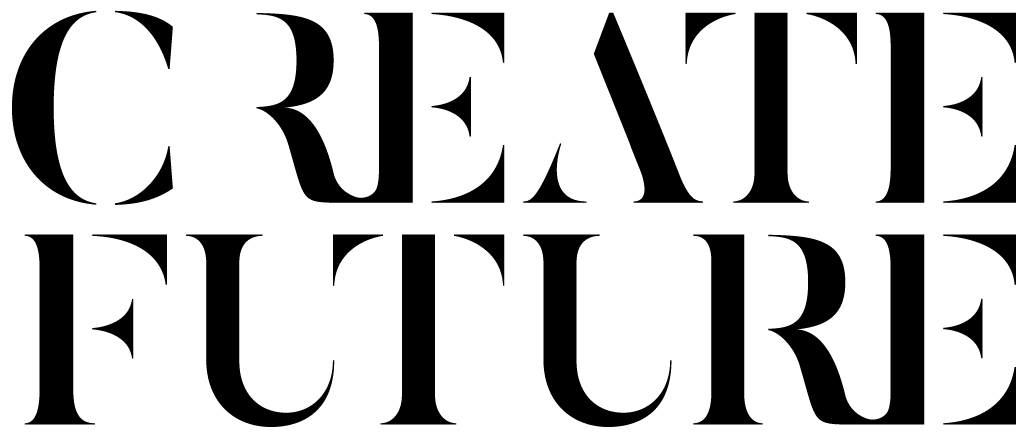Does loyalty really pay?
The point of rewarding your best customers may not be what you think.
We’re currently working with The Macallan. We can’t say much about the brief, but we’re helping them to explore and elevate their consumer relationships. It’s a really interesting programme of work and it got us thinking about loyalty programmes. What are they for? How do they work? How are they changing?
In this post, we’ll be looking at whether or not traditional loyalty schemes are actually for the customers.
There are some marketing myths that refuse to die. For instance, that it’s more expensive to recruit new customers than it is to retain existing ones. It seems a sensible premise - aim for the people who already buy you, and get them to keep buying more. That’s surely cheaper than getting new customers?
Unfortunately, it’s not borne out by the data. Professor Byron Sharp’s book How Brands Grow, which looked at buying patterns over 20 years in markets from FMCG to financial services reveals a bitter truth. Most people in all markets are light buyers - that is they don’t buy often and they don’t buy much.
Anything that can get a large number of people to make a small change will, therefore, deliver more value. It doesn’t matter how much your brand loyalists love you, they’re always too small in number to make a bigger difference by themselves.
So if loyalty programmes aren’t the best way to shift more units directly, what are they for? Clearly, there’s been loyalty programmes that are successful, so what value do they create?
Tesco Clubcard provides one answer. This was set up and run by pioneering data company DunHumby. Clubcard points are a currency for customers, but that’s nothing compared to the data value. Long before our current era of big data, machine learning and AI, the Clubcard provided key insights into what and where customers were buying. This insight gave Tesco the edge for years.
Many luxury brands take a less obvious route, positioning their loyalty programme as a club for those in the know.
The band New Order with their pioneering graphic designer Peter Saville broke convention by not having the name of the band on their record cover. Noticing this, a piece in the NY Times labelled it ‘a mass produced secret’. It’s the idea, that if you know, then you’re supposed to know and you’re in the club. Otherwise, it’s not for you - and everyone else who does feels, well… more loyal.
This form of loyalty doesn’t have to be plastic cards and points. It’s enough to offer events, meetups, newsletters, limited editions… whatever works for you. Those who find them will lap them up. Who knows, they might even buy more. But that’s not the point. It’s not for them.
The point is that they’ll want to tell other people. These days that means they’ll spread your story far and wide - because if there’s one thing the internet isn’t short of, it’s people sharing opinions. We go to Google (or Bing or DuckDuckGo) to learn about everything from how to max out Clubcard points to how to fold Hermes scarves. All of this free word of mouth will continue to convert light buyers in droves for years.
You may choose to package this up into a programme. You may even look to pay some of them if they’re influencers. But regardless of tactics, the strategy remains the same: a well thought out loyalty programme can provide the content and (social) currency for others to spread the word, gaining an authentic, low-cost way of growing market share.

